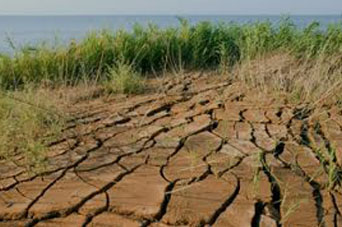Climate of Costa Rica
CLIMATE OF COSTA RICA AND CLIMATIC VARIABILITY
INTRODUCTION:
In recent decades, the natural temperature and precipitation oscillation cycles have a strong variability, leading to climate and weather extremes in different parts of the planet. The anthropogenic effect associated with greenhouse gases pollution, is one of the main things responsible for these noticeable fluctuations in climate variability. In fact, some scientists agree that the effects of inter-annual climate variability are mixing and enhancing with the effects of climate change (Zwiers et al. 2003, Sinha Ray and De 2003, IPCC 2007).
According to Zwiers et al. (2003), detecting changes in climate variability is the key indicator for climate research. This challenge is of recent importance, if it is to evidence the magnitude of the changes as signs of the effects of global warming, comparing climatic periods of the recent past with the current one.
To establish studies of climate, variability and climate change, it is necessary to describe an adequately long period to obtain robust statistical results. According to the IPCC (2007), the baseline period is a period that defines the observed climate of reference, and from which climate change information usually combines to create climate scenarios or projections.
These studies usually typify future projections of elements such as precipitation and temperature at different time horizons, characterizing their tendency, their variation in magnitude and their spatial and temporal distribution. The baseline along with the future climate projection must be linked by an analysis of what might be called evidences or signs of change, if any.
These "evidences" are recent observations that must indicate important statistical changes with respect to reference values and should be consistent with results of the future climate projection.
Thus, regions showing already a clear trend of change and with an upcoming projection that indicates a strengthening of it, must be kept under constant monitoring, attentional prioritization and under design of adaptation strategies. Hence, adaptation resources will be managed in different ways according on the priority of regions.
The aim of this study is to provide statistical information on precipitation and temperature for three periods: the reference baseline period of 1961-1990, the variability observation period of the last 15 years (1991-2006) and the climate change stage expected for 2070-2100.
Analysis by regions
Central Valley North Pacific Central Pacific South Pacific Caribbean Drainage Basin North Zone



